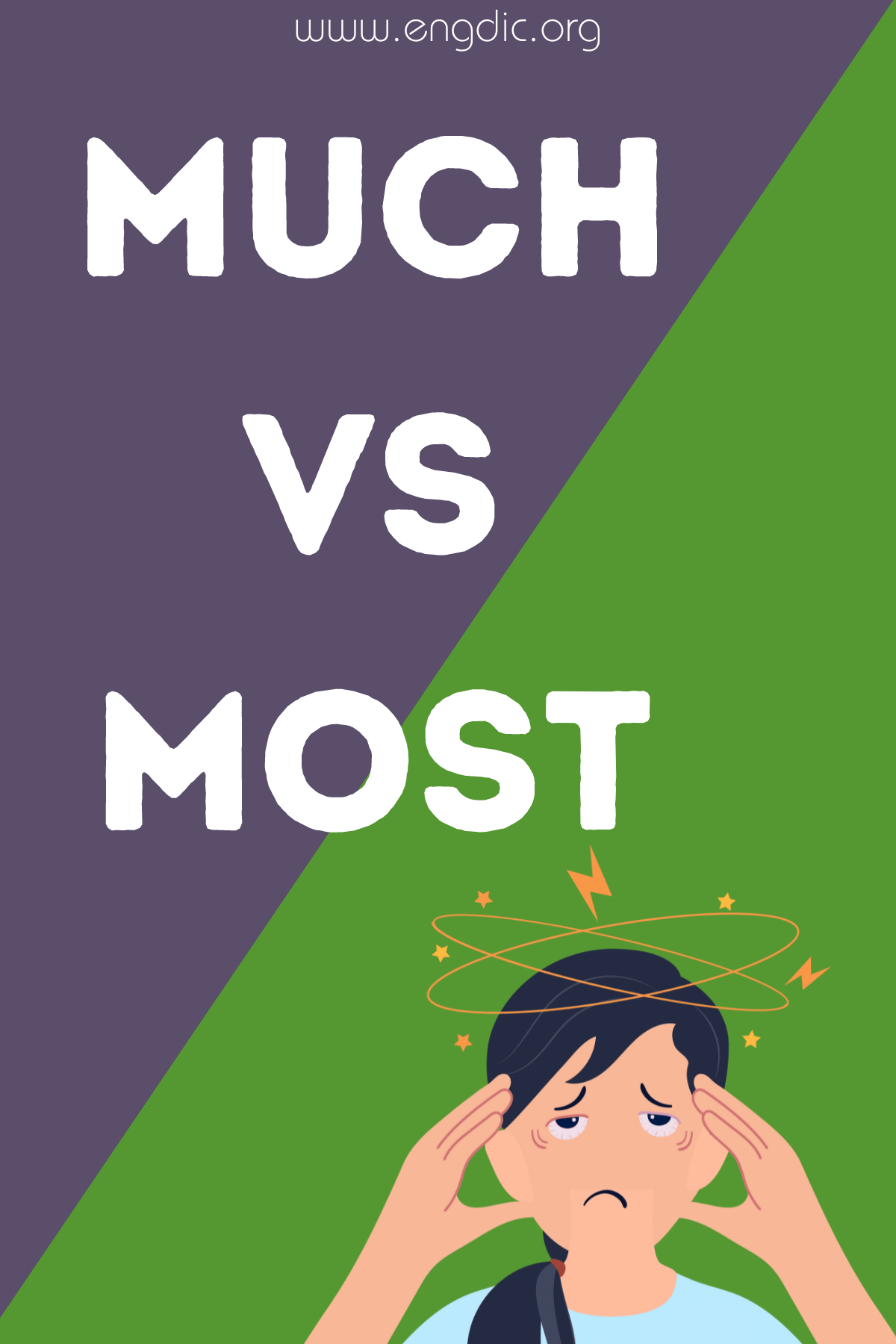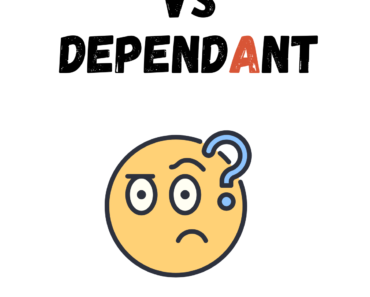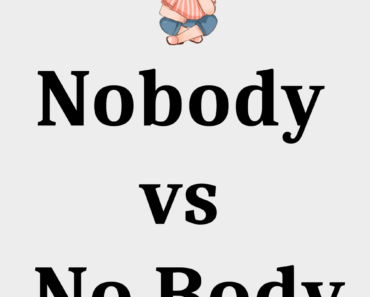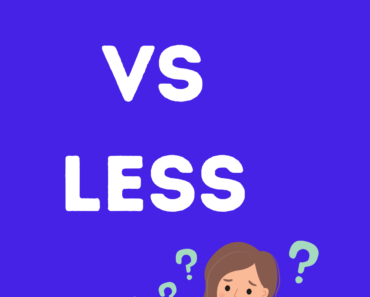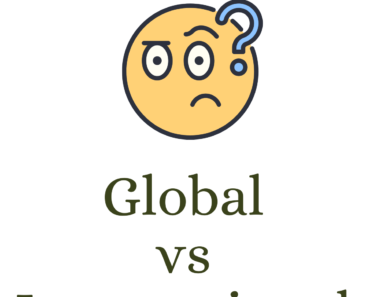Understanding the difference between “much” and “most” is crucial for using them correctly in English. “Much” refers to a large amount of something, often used with uncountable nouns, indicating a significant quantity that is not easily counted. On the other hand, “most” implies the highest degree or the majority of something. It can be used with both countable and uncountable nouns to indicate that more than half of a group or quantity is involved.
Definition of “Much”
Much is an adverb and a determiner used to describe a large amount of something, typically uncountable nouns. It suggests a significant quantity but one that is not precisely quantified.
Usage of “Much”
- As a Determiner: When used before uncountable nouns, it quantifies them. For example, “There isn’t much water left.”
- In Questions and Negative Statements: It’s commonly used in questions and negative statements to inquire about or discuss quantities. For example, “Do you have much experience in this field?” or “There isn’t much time remaining.”
- With ‘Too’, ‘So’, and ‘Very’: Enhances expressions involving a large amount. For example, “There was so much noise.”
Definition of “Most”
Most serves as an adverb, determiner, and pronoun, meaning the majority of something or the highest degree of a quality.
Usage of “Most”
- As a Determiner: Used with both countable and uncountable nouns to describe the majority. For example, “Most people enjoy music.”
- As an Adverb: To indicate the highest degree or to the greatest extent. For example, “She is most talented.”
- With Superlatives and Comparatives: Often used to emphasize superlatives and comparatives. For example, “He is the most dedicated of all.”
Additional Explanations
It’s important to note that “much” is generally not used in positive statements without modifiers like “too” or “so,” whereas “most” can comfortably be used in almost any type of statement. Understanding these subtleties can greatly enhance the clarity and precision of your communication.
